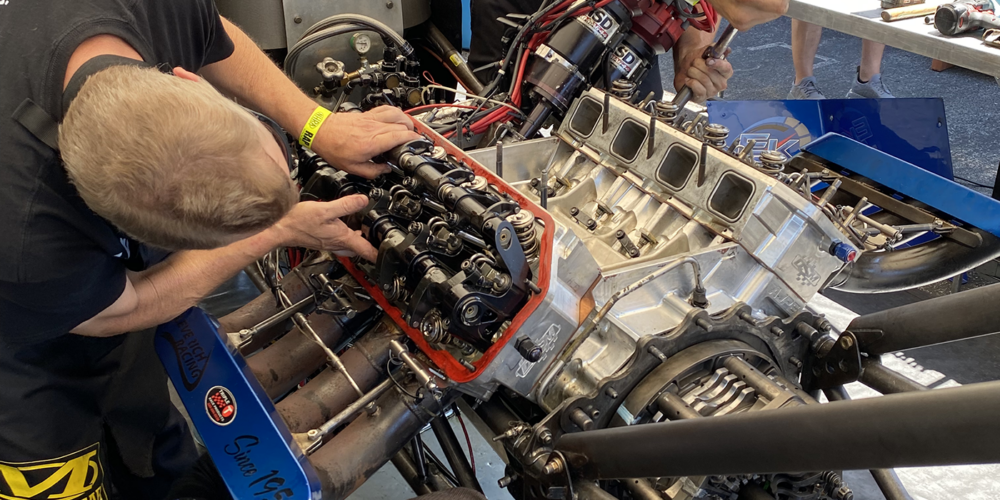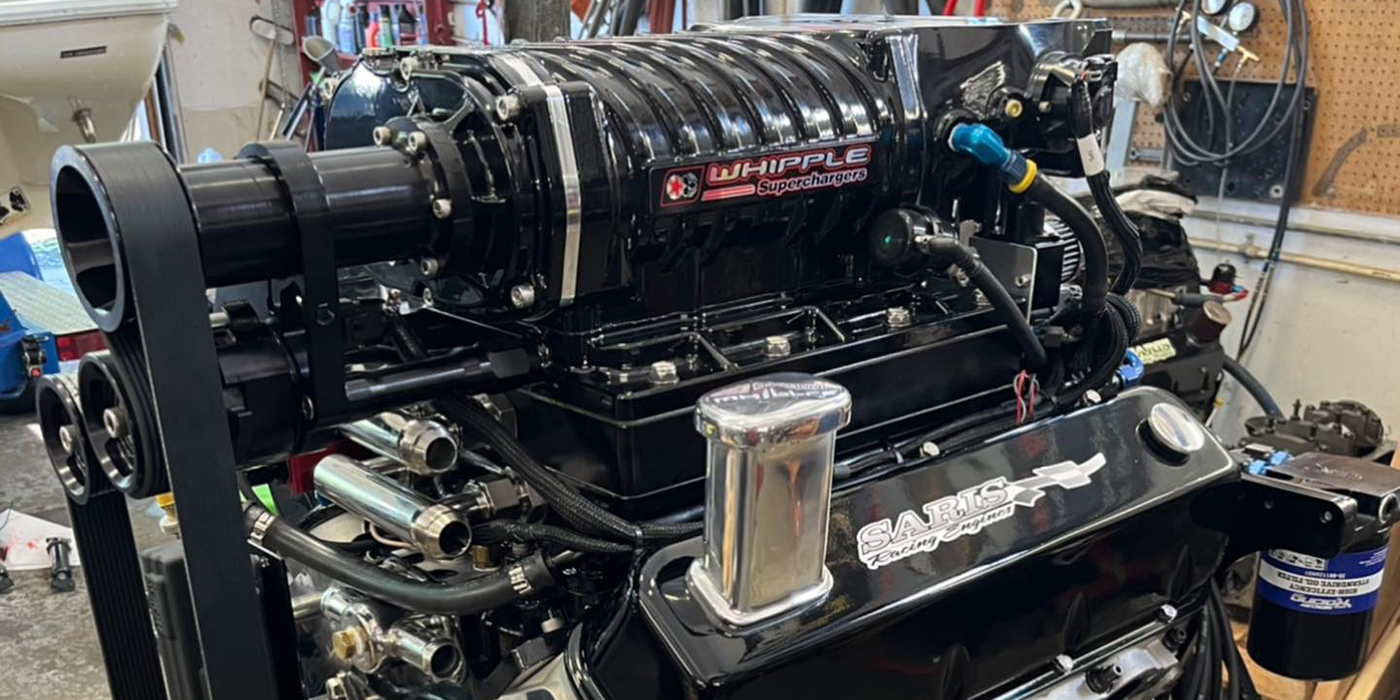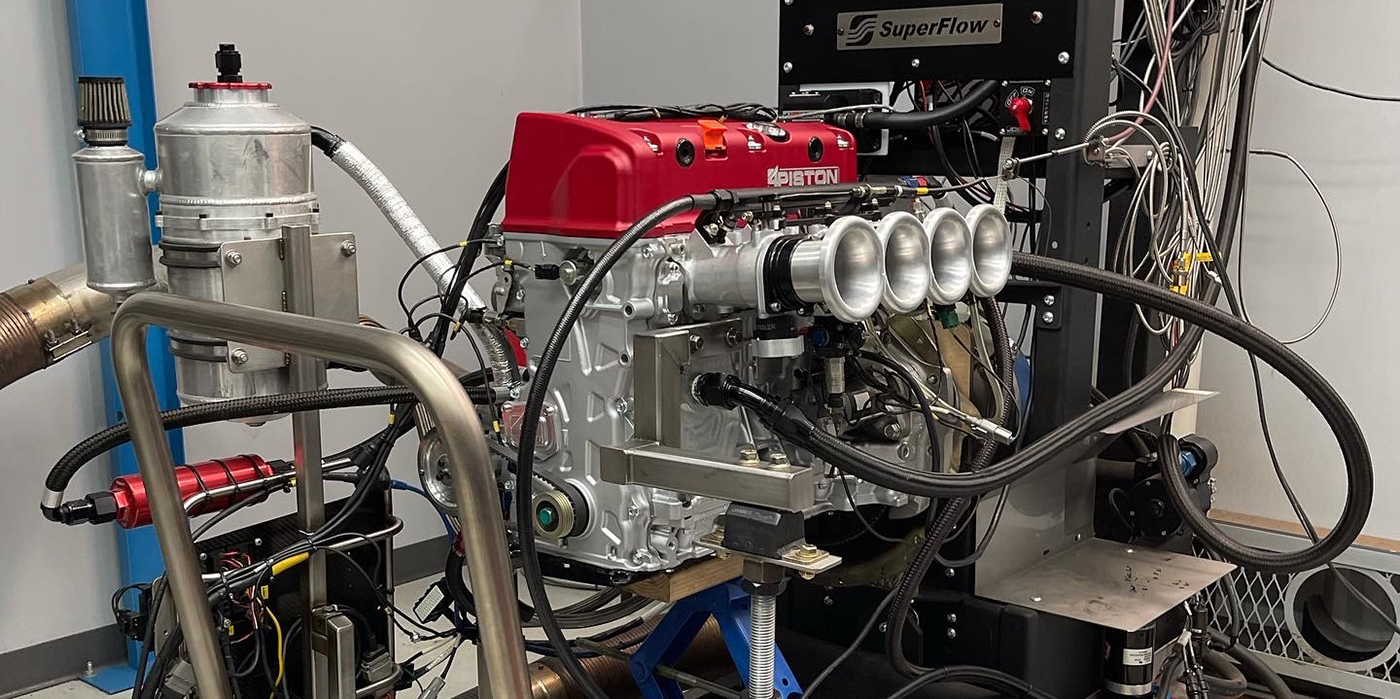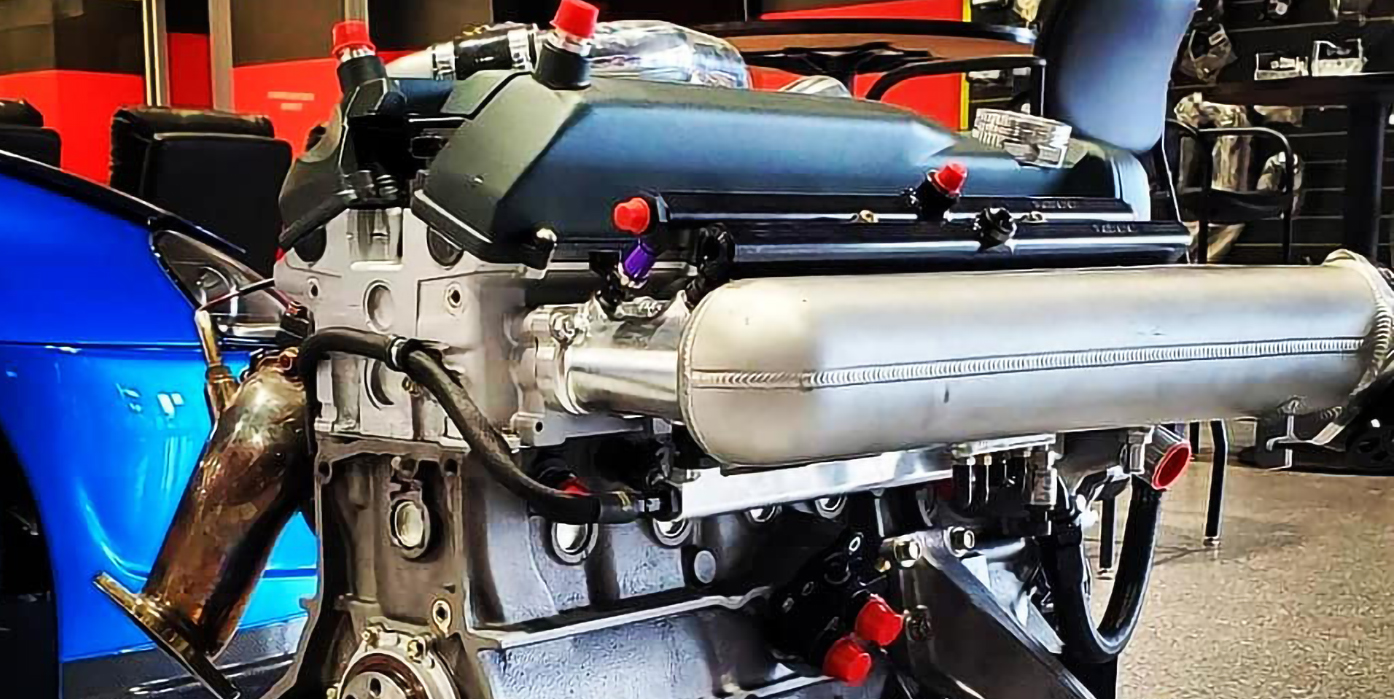Grinding valve seats with abrasive stones has been aound about as long as the internal combustion engine. In the early days of grinding seats, there were only two abrasive materials to choose from – General Purpose and Finishing – because seats were mostly made of a single material, cast iron.
Today, seats are made of a wide variety of materials, different combinations of various alloys, powdered metals and other super hard materials. This seat material is designed to prolong the ability of the valve seat to seal against the pounding of the valve head during engine operation. The variety of materials also means new and different abrasives are required for proper machining.
The first step in grinding seats is to know what you are grinding so you can select the proper abrasive. The big question is “what do I use for what seats?” Since most of you are already familiar with General Purpose and Finishing stones, I’ll skip those and focus on Stellite, Nickel Chrome, Cool Blue and Ruby abrasive characteristics.
Stellite
Stellite is used in many components and is composed of 75% – 90% Cobalt and 10% – 25% Chromium with or without small amounts of other metals. It is used typically for cutting tools, hardened, wear-resistant surfaces, surgical instruments, and cutlery. In our industry, we see it primarily in valves and valve seats. Stellite is a hard material that is very durable and provides extended life to both valve seats and engine valves.
As you know, to grind a hard material such as Stellite, you need a softer abrasive that will breakdown consistently and deliver the ability to remove material without immediate load up.
Nickel Chrome
Nickel Chrome is defined as a stainless steel containing 8% Nickel and 18% Chromium. Nickel Chrome is very resistant to wear and chemical reaction and is used in valve seats where we have a severe duty application such as air compressors, diesel earthmovers and even some over the road trucks.
Nickel Chrome has a hardness range of 42 to as much as 50 Rockwell so it requires a softer abrasive combined with a bond to keep the abrasive particles sharp and able to breakdown and grind through this hard material.
Cool Blue
Cool Blue is an abrasive spec created by Goodson specifically for grinding the Copper Beryllium valve seats found in high-performance applications.
Copper Beryllium is a copper alloy with 0.5% – 3% Beryllium and sometimes with other alloying elements. Copper Beryllium combines high strength with non-magnetic and non-sparking qualities. It has excellent metalworking, forming and machining qualities. It has many specialized applications.
In solid form and as finished parts, Copper Beryllium presents no known health hazard. However, breathing its dust or vapors formed when machining or welding, will eventually cause serious lung damage. Beryllium compounds are known human carcinogens when inhaled. As a result, Copper Beryllium is sometimes replaced by safer alloys such as Copper/Nickel/Tin Bronze. With this in mind, let me emphasize, always wear respiratory protection when grinding valve seats!
I will admit, we were surprised not only by how well Cool Blue abrasive worked for the Beryllium seats, but also for other types of seat materials such as diesel and other extreme-duty applications.
Ruby
The final abrasive formula we’re going to talk about is the Ruby or red seat wheel abrasive. The Ruby stone was the best aftermarket replacement for the original Black & Decker spec. This spec was designed for use as a general purpose wheel to grind most seat alloys from the late ‘60s to the early ‘80s.
Now that you’ve chosen your seat stone for the material you are grinding, it’s time to look at tooling. This includes pilots, stone holders, bounce springs and dressing tools.
Pilots
You will need to select the correct pilot for your application. This is a good time to inspect as well as measure the top of the pilot to insure you have a proper fit from the top of the pilot to the inside of your stone carrier.
Pilots are probably one of the biggest inventories you have in the shop as they’re required for every .001” to cover the valve guide IDs your shop will encounter every day. Pilots are made from High-Speed Steel and, yes, they are hardened to provide long life. However, they will wear, and if they wear too much, they will cause chatter, and too much chatter will not only affect the finish on the valve seat, but could possibly cause stone to come apart, which can cause serious injury to you and to your work. Don’t let this happen to you. Measure, measure, measure!
Pilot top sizes have become different as manufacturers have evolved them. For example, pilots originally made by Sioux are .385”, Kwik-Way are .437”, Black & Decker, Snap-On, Winona Van Norman are all .375”. Wear tolerance on the top of the pilot is .0015” and if you have wear on the top of the pilot and wear on the ID of the stone holder you are not going to be able to grind accurately or safely. So if the top is worn, replace that pilot!
Stone Holders
Stone holders are the real workhorses of seat grinding as these are responsible for holding the grinding stone concentrically, and maintaining a glove-like fit to the pilot OD.
Some stone holders like the Kwik-Way unit are re-buildable, meaning you can replace the shaft, bearing and drive cap as they wear. All other stone holders that I know of are used until they become unusable and are then replaced.
Regardless of the brand you have, there is one area you cannot allow to be compromised and that is the ID of the inner sleeve. A good rule of thumb is if the ID of the inner sleeve is worn by .001” to .0015” it should be replaced. The same can be said for pilot tops. And if the combined wear of the pilot and holder is more than .002”, they should both be replaced.
Bounce Springs
After you have qualified the pilot for the application, insert it into the valve guide bore and place a bounce spring on it. I recommend the use of bounce springs to help create, you guessed it, bounce.
First, insert the pilot into the valve guide bore, then place the correct length bounce spring over the pilot. Then, place the stone holder on top of the pilot and you see that the stone holder is suspended above the valve seat. This allows you to start the rotation of the stone prior to making contact with the seat, it allows you to control when the seat stone makes contact with the valve seat and also lifts the stone off the seat preventing drag or stop and start lines on the valve seat. I also believe this helps prevent chatter because we have pressure pushing up while the stone is pressing down.
Leather Washers
I recommend you use leather washers on stone holders. This will absorb vibrations and help stop the stone from seizing on the stone holder. Be sure to inspect the threads where the stone is screwed on. These threads will attract grinding dust and if you don’t clean them, it can cause the stone to seize onto the threads making removal of the stone quite difficult. Stone removal tools are available for both Sioux and Kwik-Way style stone holders, but prevention is your best bet.
Dressing Diamonds
The diamond is your friend, but only if it has a sharp point. The diamond’s job when dressing a stone is to remove enough material to expose fresh abrasive. A flat spot without a point will only close off the grains of abrasive and smooth over the bond, actually preventing the grinding wheel from doing its job.
Regardless of which abrasive you select and the application you are working on, you can make almost any abrasive grinding wheel function differently simply by changing the speed in which you traverse the diamond across the wheel. If you dress slowly you will close off the grains and bond and make the stone act like a finishing type of abrasive. If you traverse at a rapid pace across the wheel you will make it very aggressive. A medium speed is what you’ll use the most. As we’ve already discussed, there are many types of abrasive, so you don’t have to adjust your dressing technique each and every time you grind, but if you’re in a pinch, give this a try.
I also want to call your attention to the diamond holder or dressing arm for your seat stone dresser. Most dressing arms have a threaded hole for the diamond to be inserted. These threads will attract grinding dust and must be cleaned periodically. A valve guide brush and some compressed air do a pretty good job. Inspect the threads to insure they are not worn and if you wish, run a tap through it once or twice a year to keep the threads in good order.
Drive Tool
One other maintenance item is the drive tool you use to rotate the stone holders when grinding seats. Whether it is electric or air you need to maintain these very expensive tools so you get maximum life from your investment.
Air tools can get contaminated with grinding particles from the air hose coupling. The air coupling can get dropped on the floor, picking up tiny particles of grit, dirt or whatever. When you connect it to your air tools you actually force those contaminants right into the workings of the tool. I like to see dedicated airlines for specific air tools versus the lone airline that does everything. Also, you need to use the Marvel Mystery Oil monthly so that the air tool is properly lubricated. Take a good look at the drive end and note any wear so you can get it fixed before you are in the middle of a job and a down air tool prevents you from an on-time delivery to your customer.
Most electric drive tools come with permanently sealed bearings, but the gears do require lubrication on a yearly basis. Always check your manufacturer’s instruction manual for details on how to add grease to these gears. Do not overfill the grease requirement! The brushes that run against the armature should be inspected by removing the cap and looking to see how much wear has occurred. These brushes are spring-loaded and are designed to wear over time. I suggest you inspect the brushes every 90 days or so depending on use.
Seat grinding is still used all over the world and with proper tooling and maintenance of those tools you will ensure accurate work and long life of your tools.
See you in the shop! n









